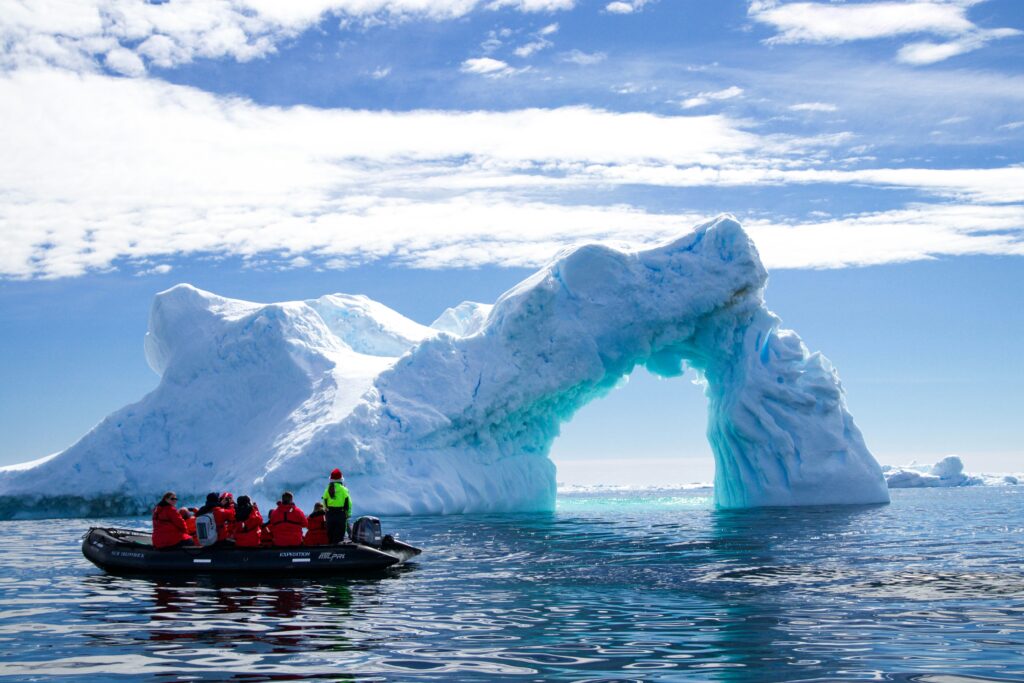Antarctica, once visited by fewer than 8,000 people annually in the 1990s, saw more than 124,000 visitors in the 2023–24 season. Researchers warn that this surge in tourism, alongside expanding research stations, is accelerating snow melt, polluting fragile ecosystems, and increasing the risk of invasive species. A new study found toxic metal concentrations up to ten times higher than four decades ago in areas with heavy human activity. Black carbon emissions from ships and aircraft darken the snow, reducing reflectivity and speeding up melting. Scientists estimate that a single tourist could accelerate the loss of around 100 tons of snow.
Balancing Exploration and Conservation
Despite strict guidelines from the International Association of Antarctica Tour Operators, including limits on landings and biosecurity checks, even controlled tourism leaves a significant footprint. Tourists disturb wildlife, trample plants, and generate large amounts of CO2, while scientific missions have an even greater environmental toll. Efforts such as banning heavy fuel oil and deploying hybrid ships are underway, but researchers say they are insufficient. Only a rapid shift to renewable energy and stronger restrictions on fossil fuel use will protect Antarctica’s vulnerable environment from irreversible damage.


